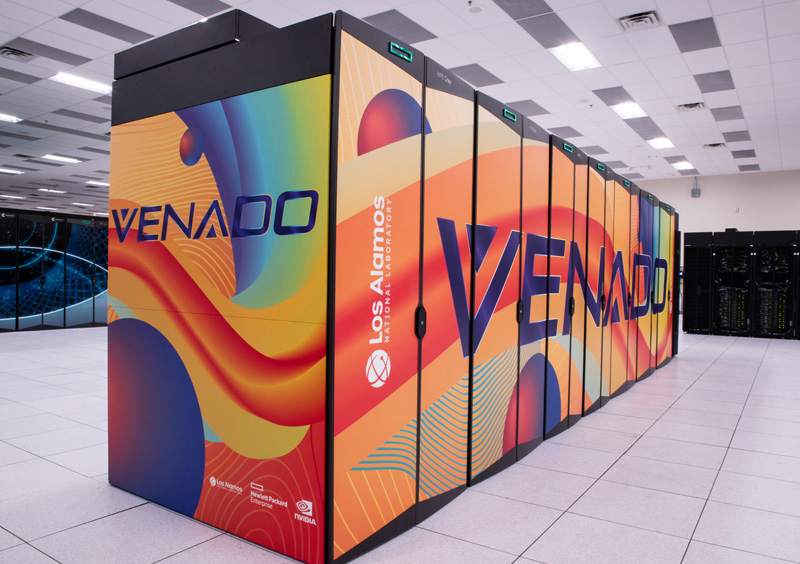For the past six years, Los Alamos National Laboratory has led the world in trying to understand one of the most frustrating barriers that faces variational quantum computing: the barren plateau.
“Imagine a landscape of peaks and valleys,” said Marco Cerezo, the Los Alamos team’s lead scientist. “When optimizing a variational, or parametrized, quantum algorithm, one needs to tune a series of knobs that control the solution quality and move you in the landscape. Here, a peak represents a bad solution and a valley represents a good solution. But when researchers develop algorithms, they sometimes find their model has stalled and can neither climb nor descend. It’s stuck in this space we call a barren plateau.”
For these quantum computing methods, barren plateaus can be mathematical dead ends, preventing their implementation in large-scale realistic problems. Scientists have spent a lot of time and resources developing quantum algorithms only to find that they sometimes inexplicably stall. Understanding when and why barren plateaus arise has been a problem that has taken the community years to solve. A new review article, published in Nature Review Physics and led by a team of Los Alamos scientists, lays out the most comprehensive overview to date of why barren plateaus exist, how to predict them, and potential ways forward.
“Barren plateaus are not the only issue facing variational quantum computing, but it is the main issue at the moment,” said Martin Larocca, an author of the study with the Lab’s Physics of Condensed Matter and Complex Systems group. “With this paper, we want to relay what we’ve learned about barren plateaus to the community and to show that we understand this phenomenon.”
Deciphering the landscape
In the new review article, the Los Alamos team and a community of scientists from across the world, in both private and public institutions, provide an overview of the ins and outs of barren plateaus after six years of intense research.
For the first time, this paper collects different notions for barren plateaus and defines the origins that causes each, such as the curse of dimensionality (a problem that occurs when scientists analyze data in high-dimensional spaces) or the presence of noise, among others.
The team then discusses various quantum algorithmic architectures that are prone to barren plateaus and those that can avoid them. This was possible, in part, because this same team of Laboratory scientists developed the first equation to infer if a quantum algorithm will encounter a barren plateau. This in turn has allowed Lab scientists to connect the absence of barren plateaus to the dequantization of the algorithms, i.e., to the fact that it might not perform better than its classical counterparts.
“Our research has created a lot of inertia in this field,” Larocca said. “This is why we feel it’s important to condense six years of work into a paper. We want people, especially young scientists, to learn from the mistakes we’ve identified so they can help us find solutions to barren plateaus, but more generally to local minima and dequantization issues.”
A path forward
Beyond identifying problems, the team also lays out potential paths forward. One lesson researchers highlighted is that borrowing algorithmic methods from classical computing is a process that seems to have run its course.
“The story of barren plateaus reflects how we are thinking about optimization in quantum systems,” Cerezo said. “We can’t continue to copy and paste methods from classical computing into the quantum world.”
Instead, the team suggests scientists in the field move toward new variational methods of developing quantum algorithms. This will likely need to come along with advancements to quantum computing, namely new ways to coherently process information in quantum computers. Together, hopefully, this path will more quickly carry the field from theoretical to practical testing.
Paper: “Barren Plateaus in Variational Quantum Computing.” Nature Review Physics.
DOI: 10.1038/s42254-025-00813-9
Funding: Laboratory Directed Research and Development Program, the Center for Nonlinear Studies at Los Alamos National Laboratory, and Los Alamos National Laboratory’s ASC Beyond Moore’s Law project.
LA-UR-25-24842






